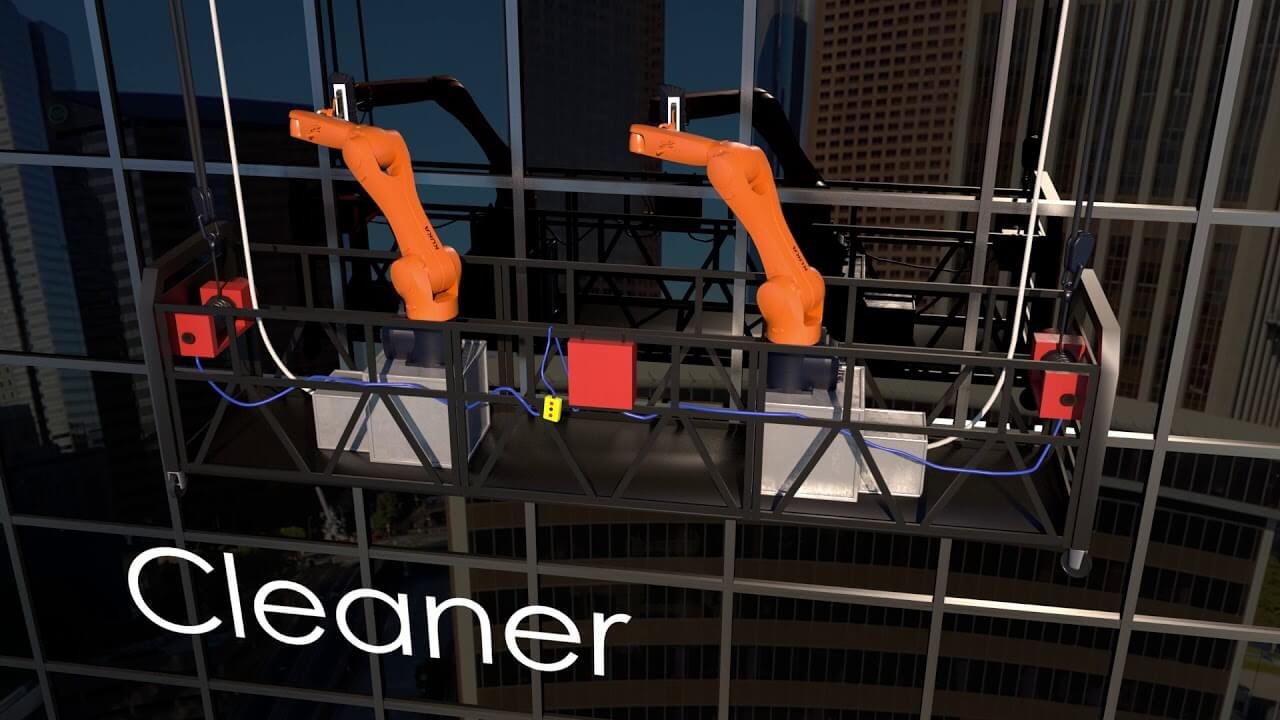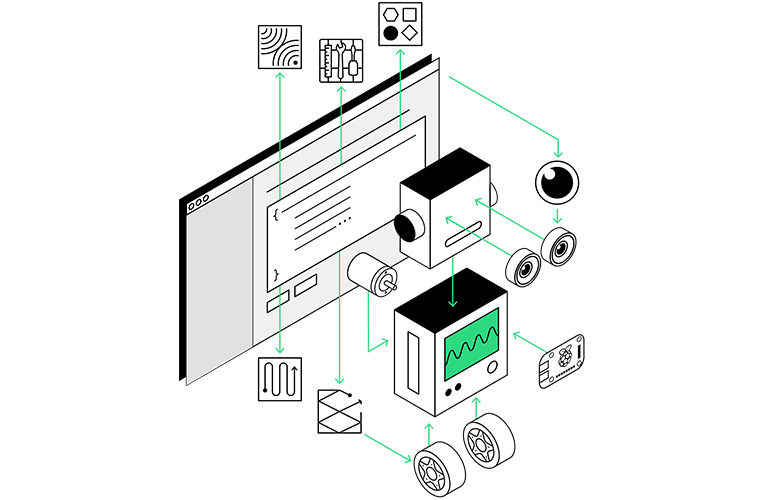Molten metals form the lifeblood of foundational industries like steel, solar cells and nuclear energy. However, efficiently detecting trace impurities within these high-temperature melts has been an enduring challenge. Traditional lab-based methods for quality inspection are offline, slow and labor-intensive. This constrains real-time process control, risking production of defective batches.
Now a cross-disciplinary team of scientists from University of Bristol and French atomic energy institute CEA has pioneered a novel solution. Their technology combines mechanical stirring techniques with laser-induced spectroscopy to enable rapid, accurate in-situ impurity analysis in molten silicon. Silicon dominates the solar cell market, and impurities directly impact photovoltaic efficiency.
The research team designed and tested innovative rotary blades that generate radial flows within the molten metal crucible. This flow physically brings fresh silicon to the melt surface, while flushing away vapor deposits or oxides that previously interfered with surface laser scanning.
The mechanical stirrer couples to a tailored laser-induced breakdown spectroscopy (LIBS) probe, with the constant surface renewal maximizing the accuracy of the LIBS scans. LIBS provides a versatile, remote, real-time spectroscopic analysis method for liquids or solids by detecting the characteristic light signatures from laser-induced plasma sparks. This spectroscopy data combined with the stirrer gives solar cell foundries an unprecedented view into contaminants in their production melts.
Besides obviating offline sampling, the technology surpasses previous attempts at using LIBS on metals alone, overcoming limitations like signal masking or surface buildup encountered earlier. Findings showed detection limits rivaling slower lab analytical methods. The stirred LIBS approach also promises cost and safety benefits from avoiding manual handling of extremely hot crucibles.
With proof of viability in molten silicon, researchers now aim to demonstrate similar stirred LIBS solutions monitoring impurities in other metallurgical contexts - spanning steel refining to quality control for nuclear reactor fuels. Real-time analytics can unlock smarter process adjustments before defect propagation.
By synergizing disparate hardware concepts into a pioneering inspection tool, the team has set the stage for next-gen smart foundries. Their stainless-steel stirrer invention could soon emerge as an essential microfactory module - rapidly assessing and assuring the purity of high-value metals at over 1400°C during very short production windows. Tracing parts per million anomalies on the fly marks a key milestone in industrial IoT, bringing digitization to one of humankind’s oldest manufacturing processes.


















